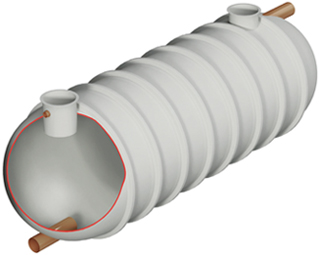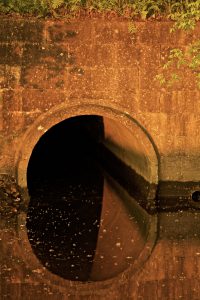Dealing with sewage properly is vital for maintaining the health of our waterways, oceans, and all their dependent ecosystems. What’s more, if contaminated sewage water is allowed to get into water used for people’s bathing, leisure activities or even drinking supplies, this can become a health hazard. Sewage dumping is a serious problem in countries across the world, particularly in less developed countries without established wastewater infrastructure.
In this article, we aim to educate our readers about the impact of sewage dumping and why it’s such a serious issue.
What is sewage dumping?
Sewage dumping is where sewage and wastewater is allowed to enter water sources untreated. Sewage is an all-encompassing term for used water from a number of sources – for example from toilets, showers, laundry and food preparation. Such water should be treated before returning to fresh/natural water supplies due to the contaminants present and their potential for harm.
Sources of sewage contamination
Leaks – poorly maintained sewage systems can be a cause of water contamination. Leaks in wastewater-carrying pipework can allow sewage water to escape into the earth, potentially causing contamination to groundwater.
Flooding – high rainfall can cause drain systems to overflow. This can result in untreated wastewater getting washed into streams and waterways.
Groundwater seepage – sub-par sanitation facilities or ineffectual wastewater treatment systems can allow wastewater to seep into the ground, potentially contaminating local water sources.
Dumping – direct expelling of untreated wastewater into a water source, such as a river or the sea.
Dangers of sewage contamination
Ecosystems
Whole ecosystems of wildlife can be affected by a contaminated water source. Wastewater with high levels of chemicals in it can directly poison waterlife such as fish, crustaceans and plants. Even if these chemicals don’t kill waterlife, this can have a devastating effect further up the food chain as toxins build up due to consumption of contaminated food. Alternatively, wastewater with high levels of organic compounds can cause algae blooms; these have the undesirable side effect of consuming excessive oxygen in water. This can kill other waterlife due to the poor quality, O2 starved water.
Food and livelihoods
Poisoned or contaminated fish and shellfish can have an effect on jobs and food supplies. Seafood that has been exposed to dirty water is a lot more likely to make you ill if you eat it. If a large area of water is contaminated, this can lead to fishermen being unable to work.
Health issues
Sewage water can harbour viruses, bacteria, and decomposing food waste. Unsurprisingly, these can all lead to illness and even serious diseases if accidentally ingested. From mild sickness to typhoid, hepatitis A and dysentery – the consequences of exposure to sewage contaminated water can be severe. Swimming, bathing, or taking part in watersports in tainted water can all lead to infection.
Example: Thames
Many people would like to believe that sewage dumping and the associated dangers are a problem only found in underdeveloped countries. However, just earlier this year Thames Water was fined a record amount (£20.3m) for dumping huge amounts of untreated sewage into the River Thames. As a result of this sewage dumping, thousands of fish and birds were killed, crayfish fishermen went out of business, and people partaking in watersports on the river fell severely ill.
These serious consequences of sewage dumping highlight the need for responsible and thorough treatment of wastewater.
Wildon UK is a specialist in wastewater treatment and drainage solutions who serves customers across Stoke on Trent, Staffordshire, and beyond. Our professional engineers are highly trained and have the necessary skill and experience to deal with a wide range of drainage and wastewater issues, across domestic, commercial and agricultural premises. For professional advice regarding our services, wastewater treatment and more, simply get in touch with our team today – we’re happy to help.










